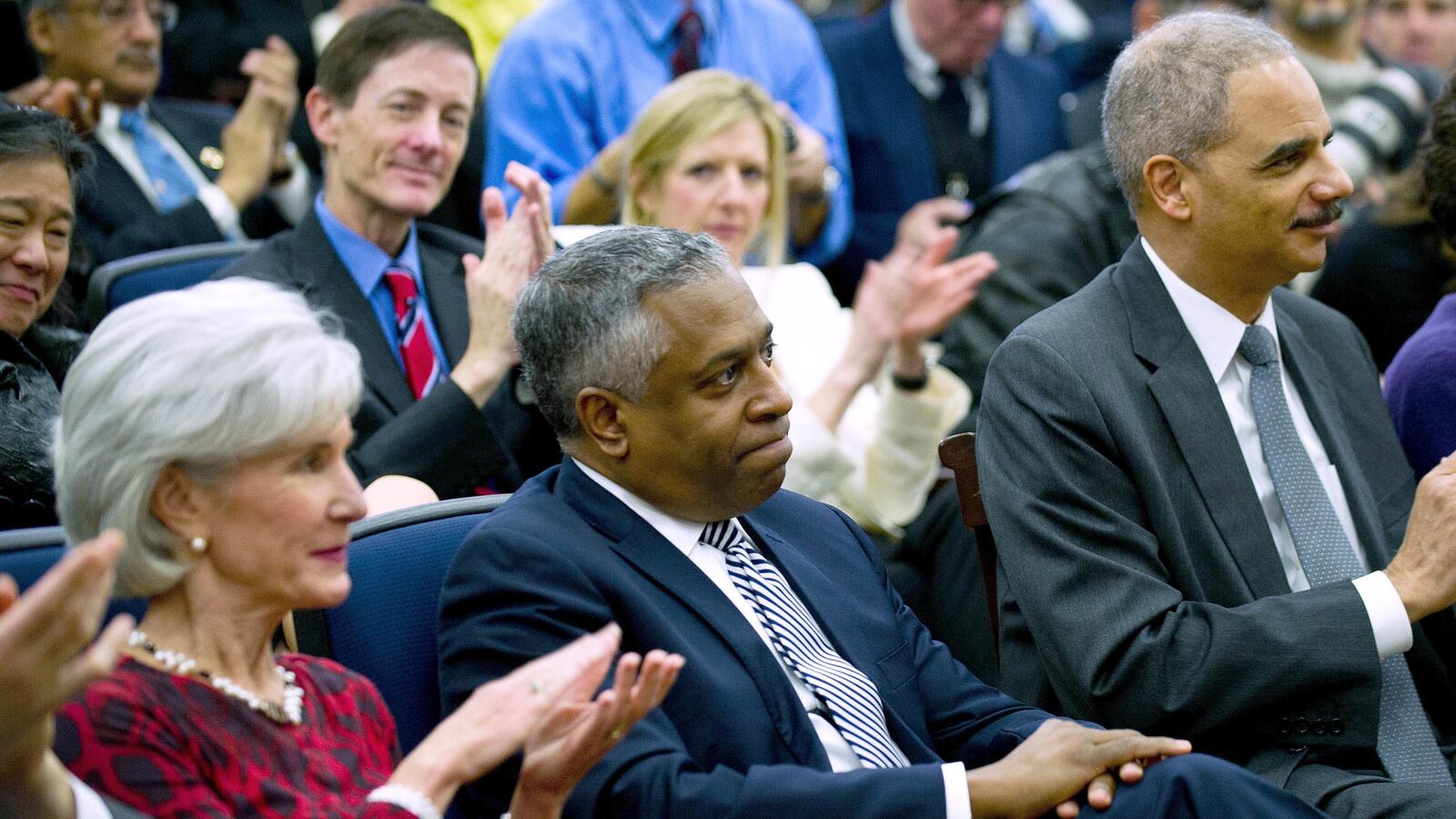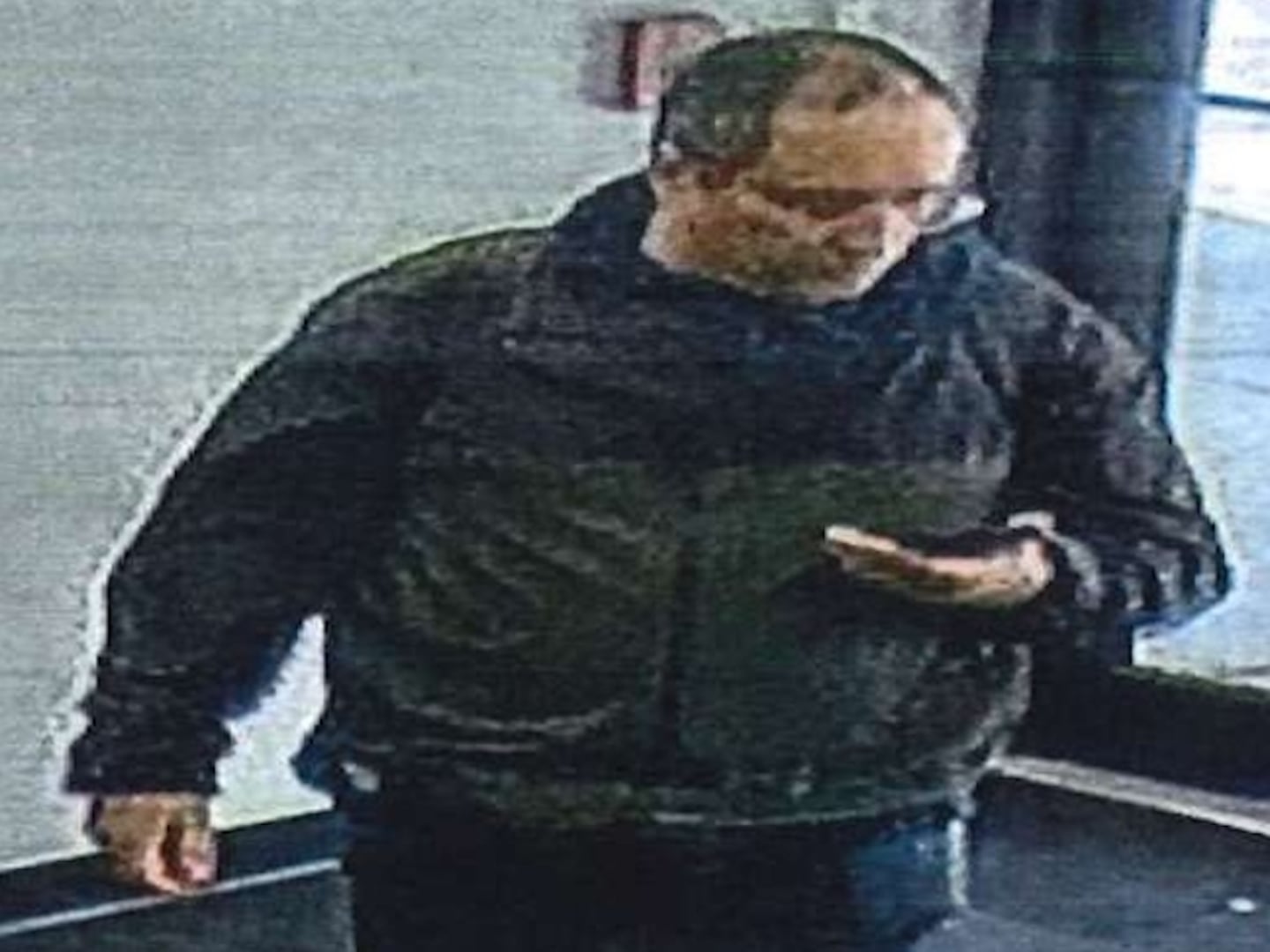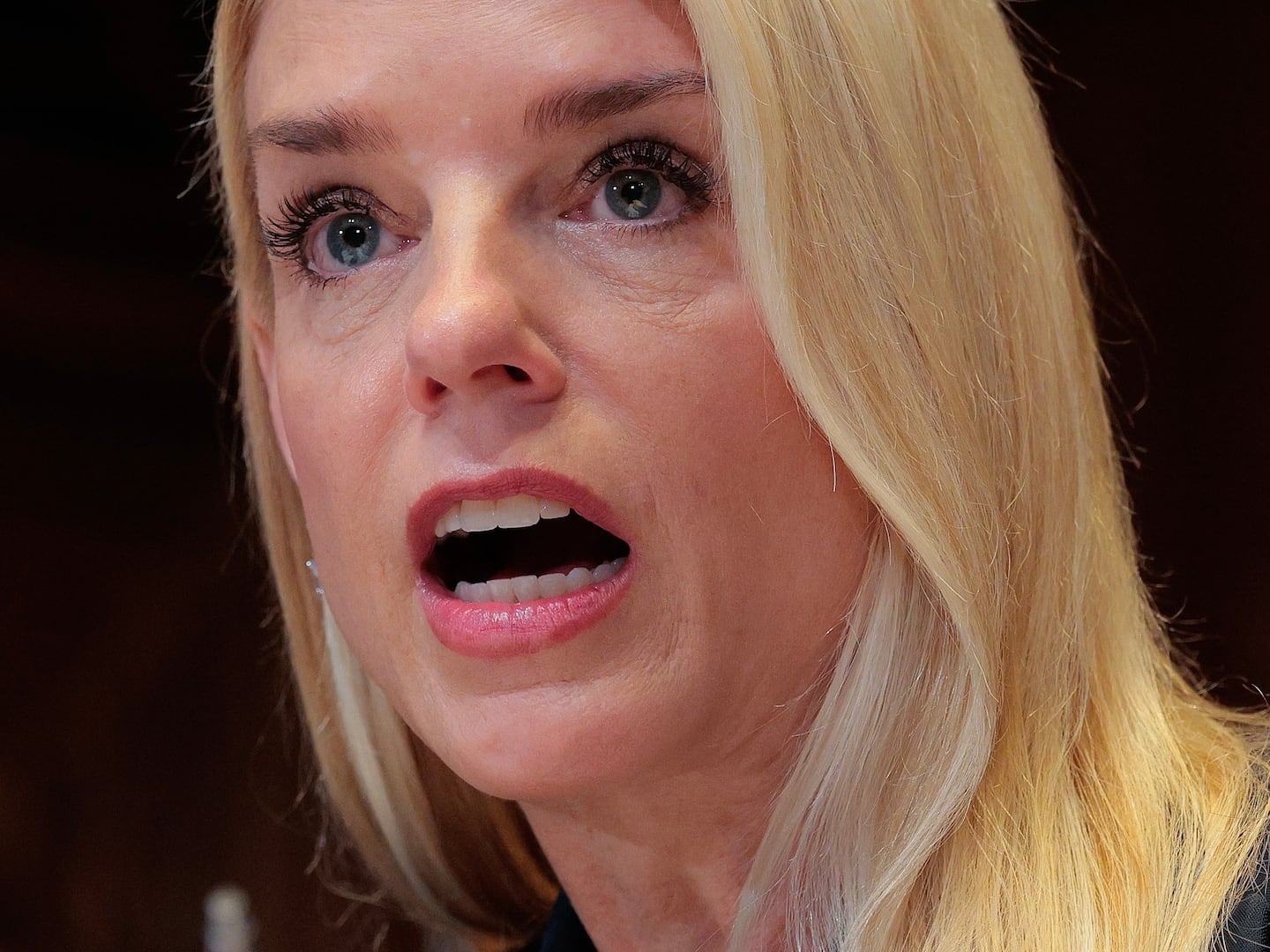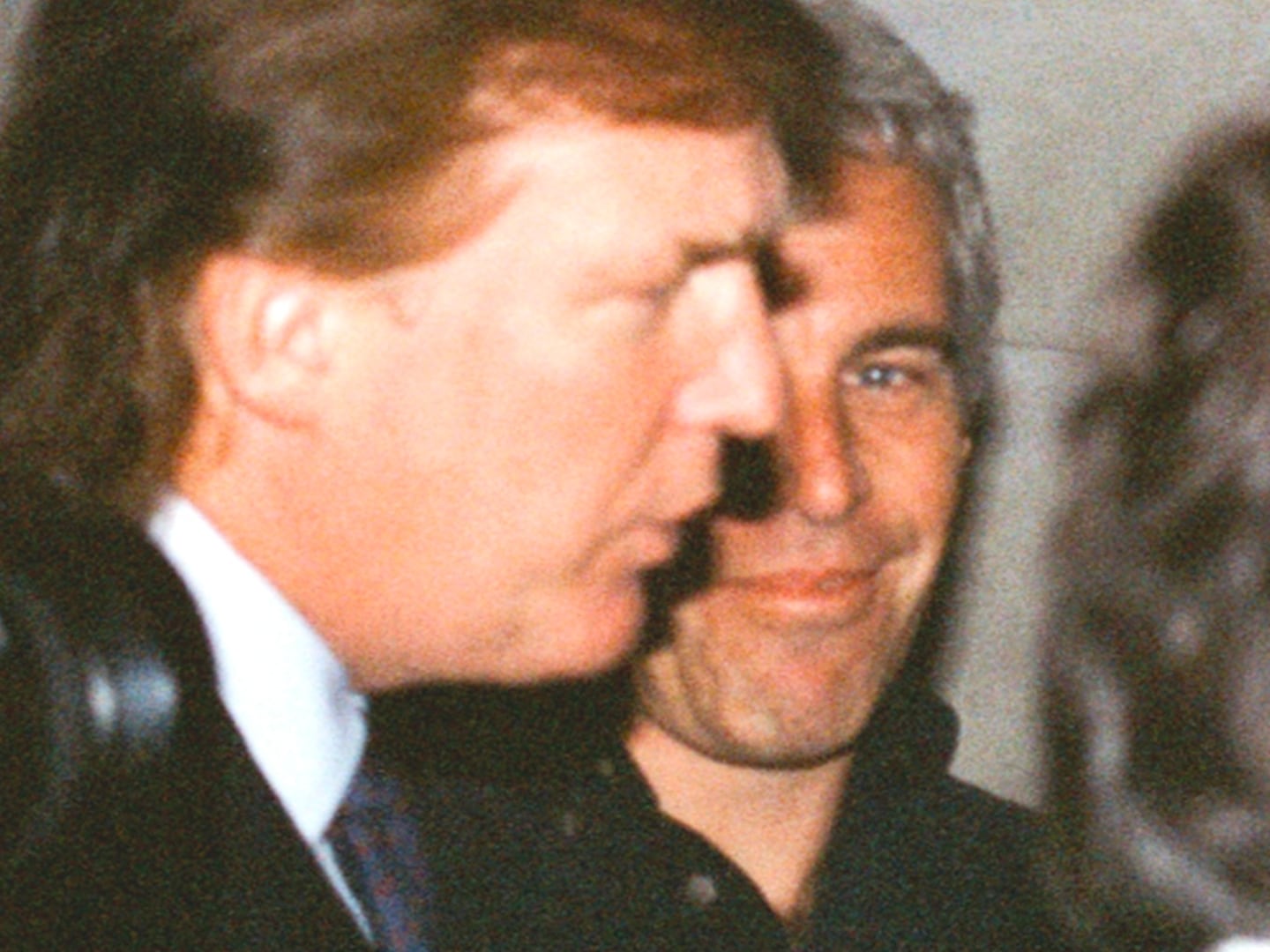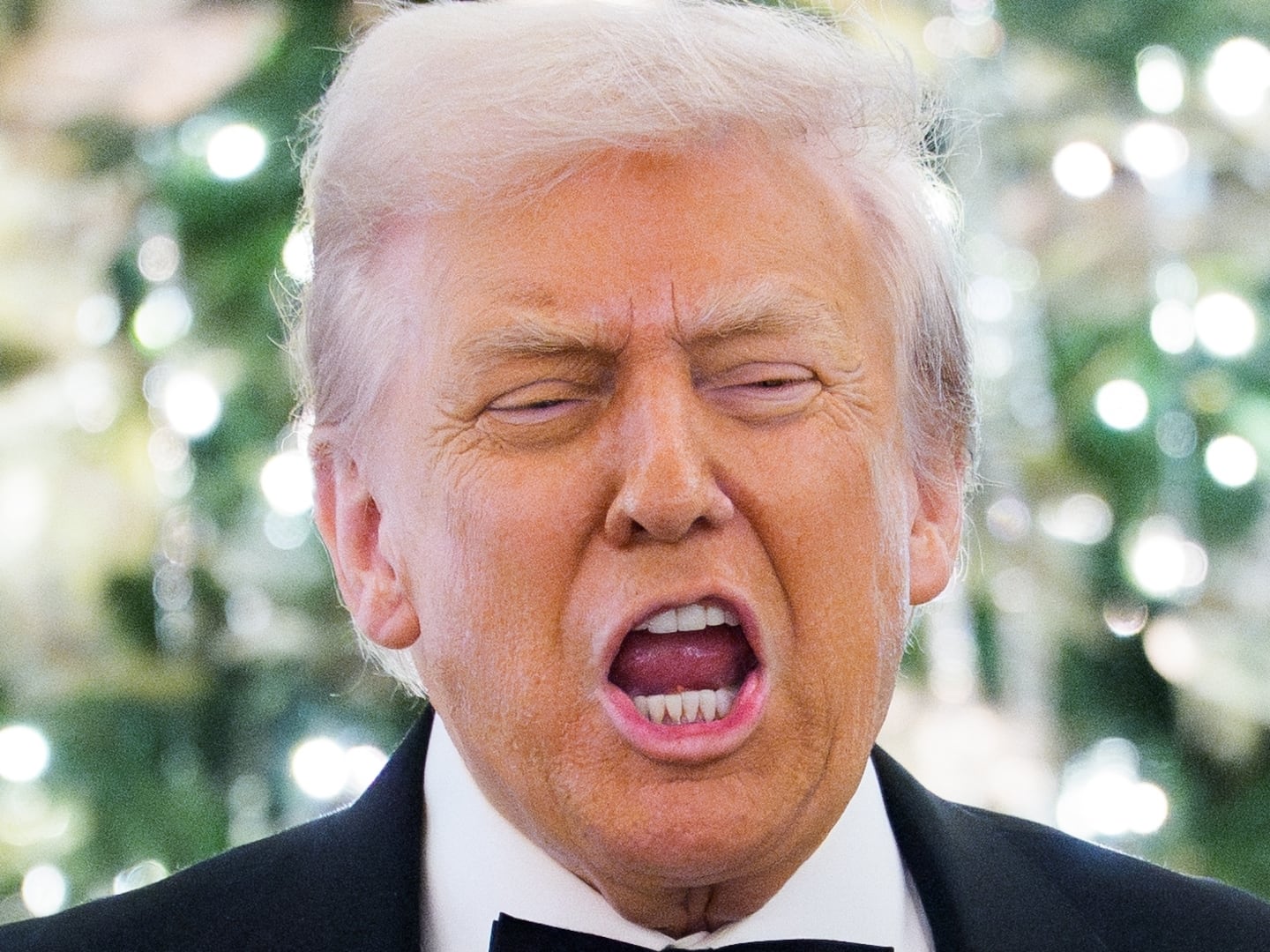Along with a number of other gun-control initiatives announced Wednesday, President Obama urged Congress to finally appoint someone, specifically a man named B. Todd Jones, to be director of the Bureau of Alcohol, Tobacco, Firearms, and Explosives—something that hasn’t been done in six years.

This statement raised a few questions. We’ll try to answer them here.
First of all, what is the ATF? I’ve seen Thank You for Smoking, thank you, but what exactly is its role in gun control?
The nominal objective of the ATF is to enforce gun laws and regulate the gun industry, but its power has often been undermined and limited by Congress, which is turn in undermined by the gun lobby.
In his press conference Wednesday, President Obama mentioned the need for a better gun-tracking system. While the ATF is technically tasked with preventing illegal gun trafficking, it has been prevented by Congress—under the influence of National Rifle Association lobbying—from making gun records public, requiring gun vendors to take inventories, and creating a national gun-ownership registry and database. Advocates argue that having those systems in place would make complex and risky sting operations like the famously bungled Fast and Furious unnecessary. (You remember that one, right?)
OK, so why haven’t they had a director in six years?
A provision was tucked in to the 2006 reauthorization of the Patriot Act requiring the ATF’s director be confirmed by the Senate. The added hoop has been attributed both to pressure put on then-House judiciary chair James Sensenbrenner by the NRA and the fact that its last director, Carl Truscott, had allegedly misused agency funds for “lavish” updates to its headquarters and ordered bureau employees to help his nephew with a high-school project. Either way, the rule has effectively made it impossible for any president to successfully appoint someone to the position, at least so far.
It should be no surprise that President Obama’s first pick for ATF director, Andrew Traver, was shot down by the NRA within 24 hours of his nomination, despite his 23-years at the agency and the fact that he was the head of the ATF’s Chicago office. After all, even Republican president George Bush couldn’t get his acting ATF director approved by the Senate.
So who’s been running the show?
Since 2006, the ATF has been overseen by revolving cast of acting directors, none of whom received official Senate confirmation. Some of them, like B. Todd Jones, work part time.
In a conversation with The Daily Beast, Donna Sellers, acting deputy chief of the ATF’s Public Affairs Division, declined to comment on why an ATF head has yet to be named, but insisted that the only difference between an acting director and an official one is a Senate confirmation. “We still have a leader. That doesn’t change,” she said.
Still, the ATF has had its fair share of scandals in its history, not least of all the botched Fast and Furious operation, in which agents watched legally purchased guns exchange hands and be smuggled over the U.S.-Mexico border with hopes that they would be led to Mexican drug-cartel heads—until one landed at the scene of a U.S. Border Patrol agent’s death. Perhaps an official director solely focused on the work of the agency is what the ATF needs to get back on track.
After the whistle was blown on Operation Fast and Furious, then–acting director Kenneth Melson stepped down.
Enter B. Todd Jones.
So who is B. Todd Jones?
B. Todd Jones is a former Marine, the U.S. attorney for Minnesota, and the acting director of the ATF.
After being admitted to the Minnesota bar (he received his Juris Doctor from University of Minnesota Law School in 1983), Jones went on active duty with the Marine Corps, serving first as an infantry officer with the First Marine Division and then as a trial defense counsel and prosecutor in several courts-martial proceedings. He was recalled for active duty in 1991—two years after returning home to Minnesota—for Operation Desert Storm.
Eric Holder had initially selected Jones to head up his Attorney General’s Advisory Committee, but then asked him to take over control of the ATF amid the Fast and Furious scandal.
Shortly after assuming the embattled Bureau’s lead role, Jones got rid of six of the top eight ATF assistant directors, placed restrictions on undercover operations, and implemented monthly reviews of large investigations. In an agency that has had the same number of employees for four decades, such changes are no small feats.
Though Jones has referred to running the ATF as one of the hardest jobs he’s ever had, it’s still only part time. Since tapped for the role, Jones has been shuttling back and forth from D.C. to Minnesota, where he still serves as U.S. attorney.
He’s already been through the Senate confirmation process twice before for his roles as U.S. attorney, first under former president Bill Clinton and again under Obama. Now he’s gearing up for one more, as the president wants to make running the ATF Jones’s main gig. Can he do it?

